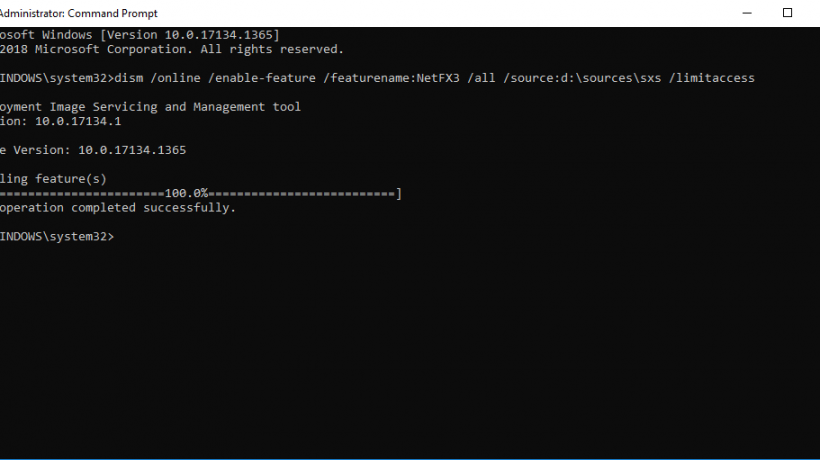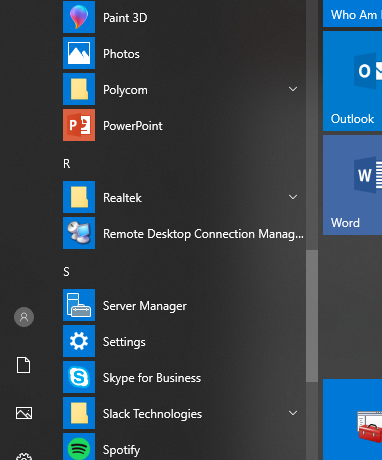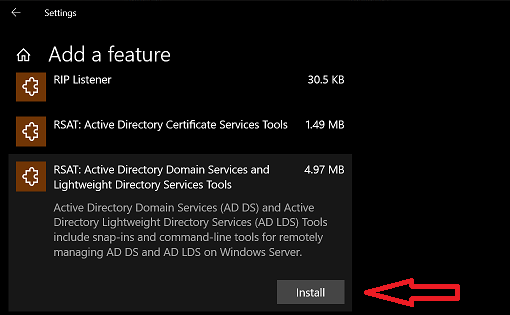For those Windows 10 Fast Ring Insiders, a new build has been unleashed – Build 17093. A lot of new things in this build, as well as a lot of fixes. As usual, check the known issues for anything that might be a show stopper for you. For some, it may be best to stay on the slow or release preview ring. I’ve noticed a few posts in various forums complaining about the various bugs (and many are in the known issues) and other things. The Insider program releases are guaranteed to have bugs during most of the development. They are not meant for critical production machines. They are to try out the latest and greatest and provide feedback, including telling them of those bugs, so that they can create a much better product. You are a beta tester and feedback producer. If you’re good with that, like many are, the Insider builds are excellent and fun. If you have something to lose on your PC, try a VM or wait for the final release to consumers.
Also, the Bug Bash continues until the 11th, so do some quests and throw the Insider team some good feedback to help make this release a great one!
Known issues
-
We have observed seeing longer-than-normal delays during install at the 88% mark. Some delays are as long as 90 minutes before moving forward. Please be patient as the install will complete successfully.
-
Some PCs will fail to resume from hibernate requiring a hard reboot to recover.
-
If you install a font product from the Microsoft Store, then later install a new build (feature update), the Store package will remain installed, but the fonts within the package are not installed. Until this is fixed, the temporary workaround is to uninstall the product from the Apps page in Settings, then re-acquire the product from the Store.
-
If an East Asian keyboard is the only input method on your system the touch keyboard will show an English layout with no IME on/off key. Until this is fixed, the workaround is to add a second keyboard language from the Region & Language Settings page, or to use the IME mode button in the taskbar.
-
We’re investigating an issue where the Japanese IME sometimes can’t turn on in UWP apps. If you encounter this issue switch to a Win32 application (e.g. Notepad), turn the IME on there, then switch back to the UWP app.
-
We’re investigating reports that 3 and 4 finger gestures on the touchpad have become unresponsive starting with the previous flight.
-
Windows Hello will fail to work on Surface Laptops with this build.
-
Plugging in an external optical drive (DVD) will cause an Explorer.exe crash.
-
Settings will crash if you open the Themes Settings page.



